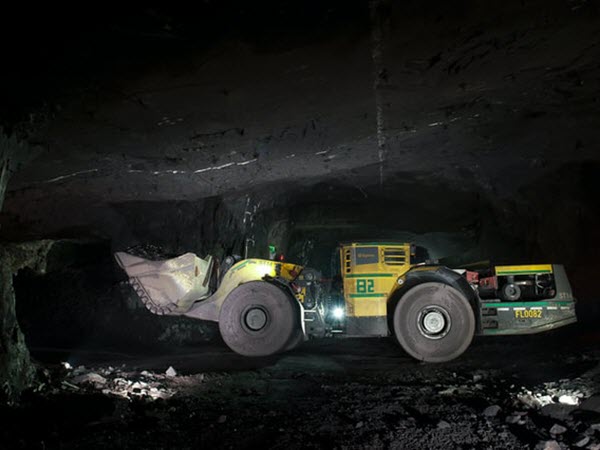
We’ve yet to hear about a disruption in Russia’s mines. Polymetal and Kinross, two mining companies with operations in Russia, report that the invasion hasn’t affected their day-to-day. Polymetal said that they have a year’s worth of supplies on hand. So what are we to make of the price action in precious metals, particularly in the case of palladium?
A week into the conflict, the “least famous” of the four precious metals jumped to $3,000, a level last seen two years ago. Over the past years, palladium has been a steady outperformer and has caught many off-guard with its valuations. Should things continue this way, we may yet develop a palladium standard.
Part of this has to do with an increase in demand, as the metal is being used in more and more vehicles. But certainly, a sizeable part has to do with the supply picture. Estimates show that last year Russia accounted for 43% of the global palladium production. It has never been the easiest country for a foreign company to start a mining operation in. Now, with Western and even Japanese sanctions against Russia, the supply picture isn’t looking the brightest.
Despite its reassurances, shares of Polymetal dropped. ALROSA, Evraz and Ferrexpo, all miners operating in Russia and Ukraine, mimicked the price movement in the equity market. With nearly half of the world’s palladium being produced in a country that is now essentially cut off from the rest of the world, investors are understandably expecting supply shortages. Though not to the same extent, the same holds true of platinum, 10% of which is produced in Russia.
If palladium and platinum are going to experience a deficit due to production, gold’s might come from demand. The way that the invasion has already begun spilling over into the commodities market is telling. Arcelor Mittal halted operations at its underground iron ore mines in Ukraine and slowed down production at the Kryvyi Rih steel plant. Ferrexpo yelled Force Majeure as the Pivdennyi port terminal was suspended when the invasion started. Polymetal said it’s preparing for all kinds of scenarios, in short. And Japan’s Nippon Steel is looking to Latin America and Australia to source metals due to expected shortages from Russia and Ukraine.
Uranium, coal and aluminum are also some of Russia’s key exports. So it doesn’t take much looking to see how this could spill over into an industrial commodity crisis. Add to this the increased difficulty of operating mines due to inflation, and we have a case for investing in gold.
Silver is, in a sense, positioned to receive benefits from both sides. Its supply comes primarily as a byproduct of mining other metals, like the aforementioned ones. The investment demand is, depending on the chart, somewhere between lower and higher than that of gold. And who could forget that there is a green energy headline around every corner? We’ve heard that precious metals were about to take their turn in this commodity cycle, and it seems like they might loiter for a while.

